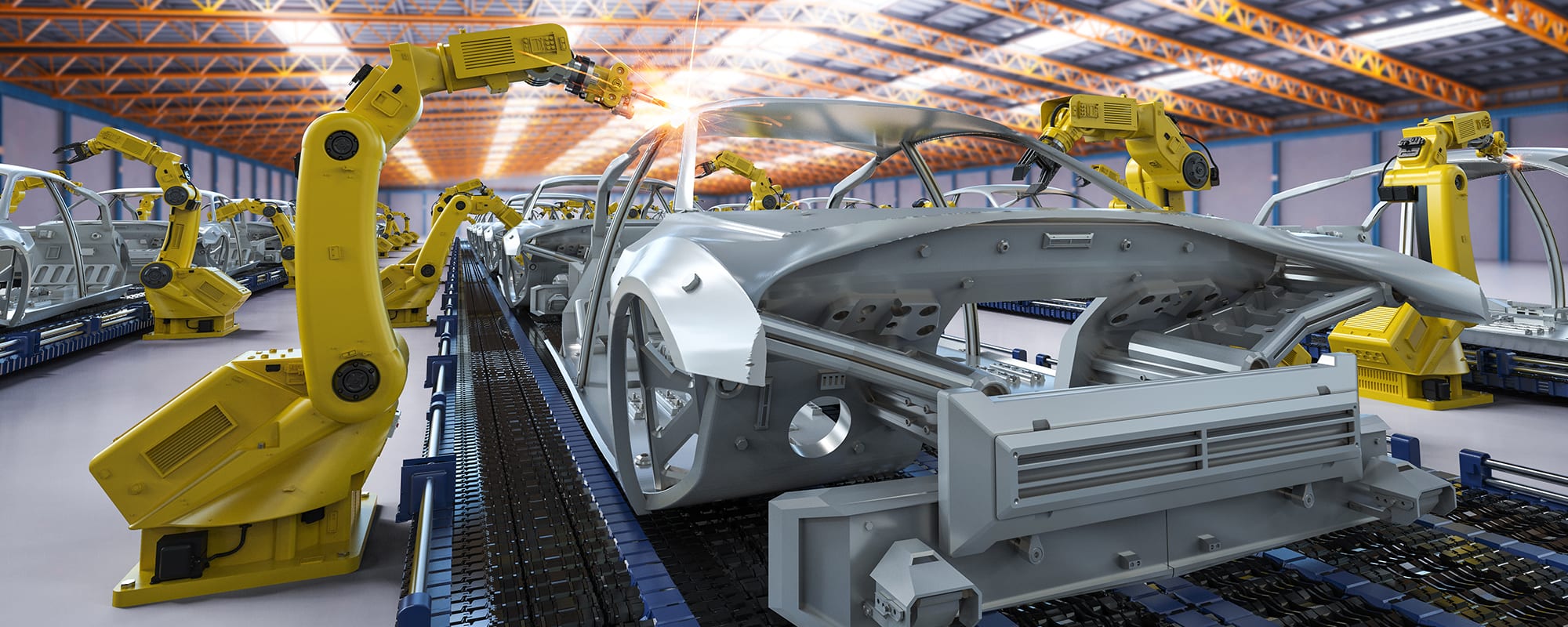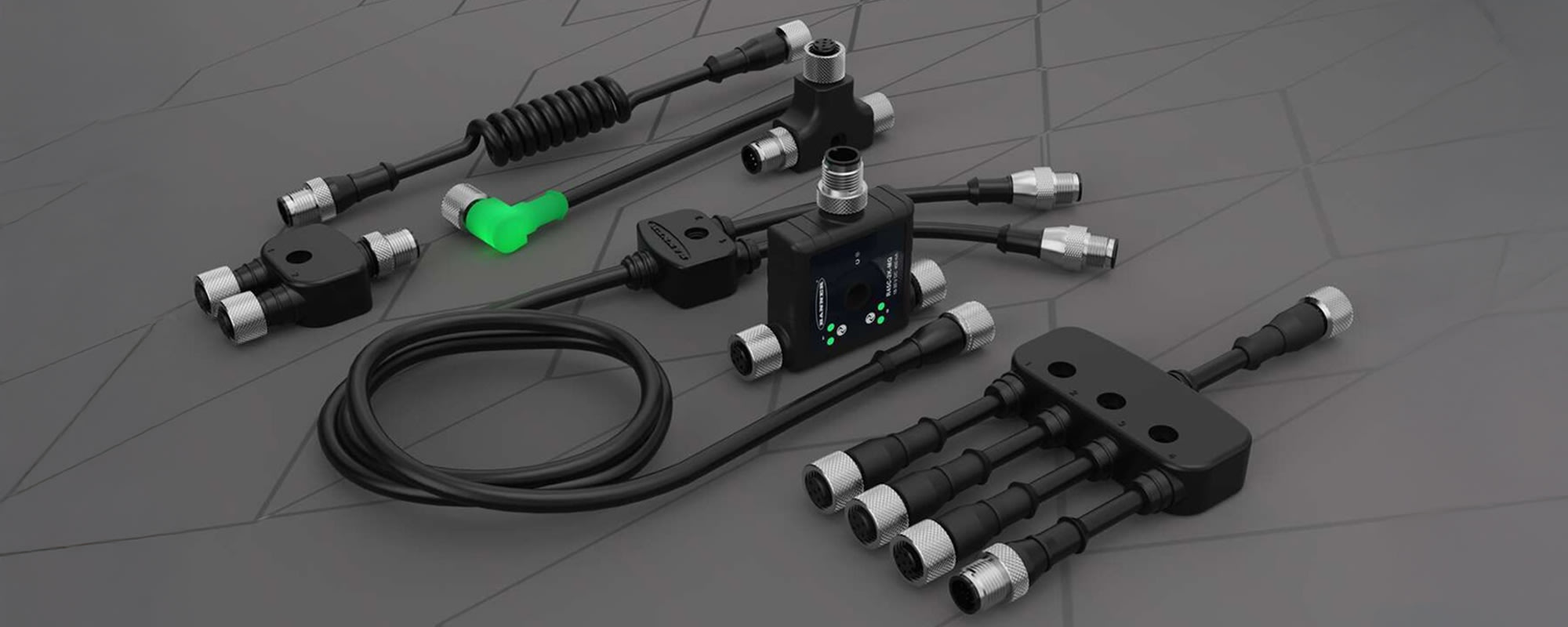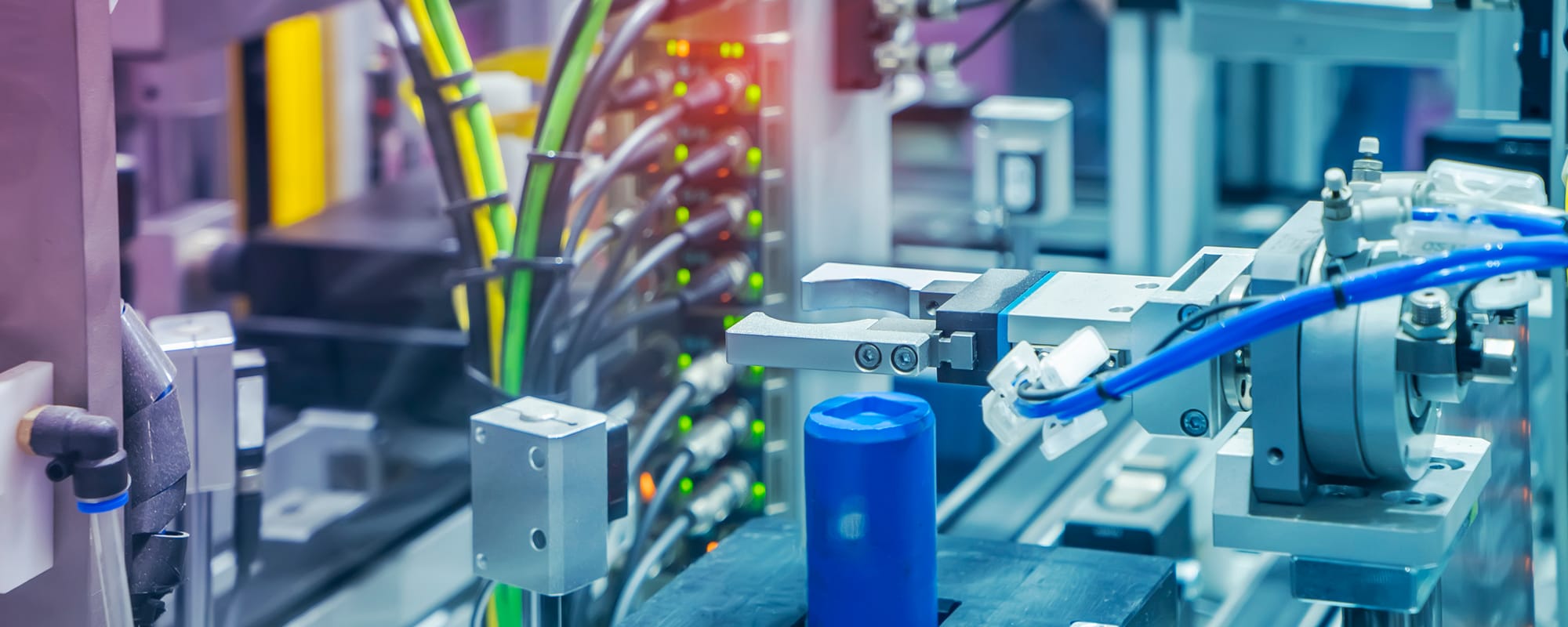
Sameer Trikha
Product manager for Industrial Board Connectivity solutions
TE Connectivity
As design engineers continue to take on greater challenges in different industries, there’s an underlying trend to think small in the broad frontier of digital design. More than ever before, designers seek components that help fabricate small but high-performing products. The right components can provide a manufacturer or technology provider with a competitive product that is innovative and disruptive.
Sameer Trikha, product manager for Industrial Board Connectivity solutions for TE Connectivity, discussed the company’s outlook for board-level signal connectors in today’s rapidly changing automation market.
Miniaturization is a trend impacting industries globally. Can you tell us how the products within your responsibility are supporting miniaturization?
The AMPMODU interconnect system is a comprehensive family of modular signal connectors for board-to-board, wire-to-board, and wire-to-wire applications widely used across nearly all industrial applications requiring Printed Circuit Boards (PCBs).
The growing need for board miniaturization is driving demand towards fine pitch connectors such as AMPMODU interconnect products. These connectors, designed reliably and economically, meet a variety of interconnection requirements. This versatility, combined with a small, compact footprint, enables space savings and high-quality design, making our connectors suitable for applications and systems across a broad range of industries.
I think miniaturization is happening on multiple fronts. In many ways, the devices that our connectors go into are becoming smaller. So that requires a smaller printed circuit board, which would drive the need for a smaller connector. As a device becomes more feature-rich, the printed circuit board gets more densely populated to enable those features that customers are seeking. With that reduced real estate on the board, you’ll need a smaller connector.
What we’re doing is launching connector platforms that are getting smaller and smaller. Today, the core of our AMPMODU business is a 2.54-millimeter centerline signal connector. Centerline refers to the pin-to-pin distance on a connector. That’s the core business that we have maintained in the market for 40 plus years.
In the last five or six years, we’ve begun to invest in this product line and the infrastructure needed to build fine-pitch connector platforms.

AMPMODU connectors

We’ve recently launched many variants in a 2-millimeter connector platform, with the completed portfolio expected by the end of the calendar year. We’re working on a 1.27-millimeter connector platform and just launched some variants of a 1-millimeter connector platform. Everything in our new product development pipeline is getting smaller with higher performance, and that’s how we’re supporting the miniaturization trend.
We know that your applications are diverse, but factory automation is a key area. Can you provide an overview of the criticality of Programmable Logic Controllers (PLCs) in that environment?
PLCs can work as standalone units that continuously monitor and automate a process or specific machine function. PLCs can be networked to control an entire production line, and if needed, can be adapted to monitor and control many sensors and actuators. They process electrical signals and use them to carry out preprogrammed commands for almost any application. PLCs are used in industrial automation to increase reliability, system stability, and performance, minimizing the need for human operators and the chances of human error.
Specifically, can you speak to some of the important design characteristics that Original Equipment Manufacturers (OEMs) seek, like speed, shielding, signal integrity, as well as other salient characteristics of signal connectors? Which design characteristics are growing in importance and why?
The largest OEMs are seeking higher-performing signal connectors. There is a growing need for connectors with higher speed capability, external shielding for electrically noisy environments typically seen in industrial applications, and contact/connector design that enables high signal integrity. And, the connectors need to be mechanically very robust with high misalignment tolerances, blind mating capability, ability to interface at an angle (swivel mating), and availability in a miniature footprint/envelope to meet the ongoing mega-trend of miniaturization.
Can you describe TE’s advancement with the AMPMODU connector platform and its advancement to meet the needs of OEMs?
TE has conceived a next-generation connector platform that meets all the requirements described above. We are working with some of the leading OEMs on custom solutions, and we also plan to launch a next-gen connector platform for the general market.
What industries are most interested in your connectors and why?
The application base for AMPMODU is very diverse, and when distilled down to a handful of target industries, it includes factory automation, industrial robotics, machinery, and motion/drives. We’ve seen a growing demand and interest due to a prevailing need for mechanically robust and electrically capable connector requirements in all these applications.
Going back to PLCs, what demands will be placed on these devices in the near term? Long term?
PLCs are now developing to focus on increased functionality, as users demand PLCs that handle more responsibility in overall machine control. The increasing processing power within PLCs allows them to do many motion control tasks, letting programmers use the same language for motion control as they are for PLCs, simplifying the set-up process.
PLCs are continuously evolving to be the best option for a variety of industrial automation applications. The scope of PLC programming is increasing rapidly because of greater programming flexibility, ease, scalability, more memory, smaller sizes, very high-speed (gigabit) Ethernet, and built-in wireless features. PLCs are getting benefits from USB technology, making it easier to get online, program, and monitor your control systems. With the availability of smaller micro and mini-USB connectors, you can expect to see this option on more of the smaller PLCs. In the future, PLCs will adapt technology enhancements in communications, hardware, and software.

What are the quality control practices TE Connectivity makes to ensure your products are of the highest quality and most competitive?
The manufacturing platforms we’re using to make these connectors are progressive in that they’re very modular in their approach. This is a high-mix environment, when I say something like “connector platform,” where the platform refers to every imaginable variant that one of our customers is going to want in this connector line: the position sizes, stacking heights, vertical configurations, right-angle configurations, single row, double row, basically every variant that you could imagine. Our distribution partners, or channel partners, support a business model that offers every solution to their customers. Using that modular approach enables us to manufacture these products quickly and efficiently.
Do you find that it’s crucial to have good relationships with your channel partners to get the end product out to the user best? And do you have a good plan and programs to build those relationships and then be involved with the end-users and customers themselves?
AMPMODU has such broad application versatility. To keep a focus around that, we have aligned on a handful of target markets or target application segments that we work with our channel partners closely to drive. Factory automation is the biggest one, but also industrial robotics and machinery. We try to leverage any independent marketing that our Channel partners are doing in those application areas with direct content or jointly developed content. We’re trying to meet with them as often as possible to explain our strategy, understand what their initiatives are, and make sure that we’re able to collaborate wherever we can to drive the best results. We understand how important our Channel partners are in enabling TE to execute our go-to-market strategy and win.
Related Links:
- TE Connectivity at RS
- High-Speed TE Connectivity Solutions for Process Automation Video: TE AMPMODU 1mm and 2mm Solutions Support Miniaturization
- Video: TE AMPMODU 1mm and 2mm Solutions Support Miniaturization







